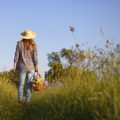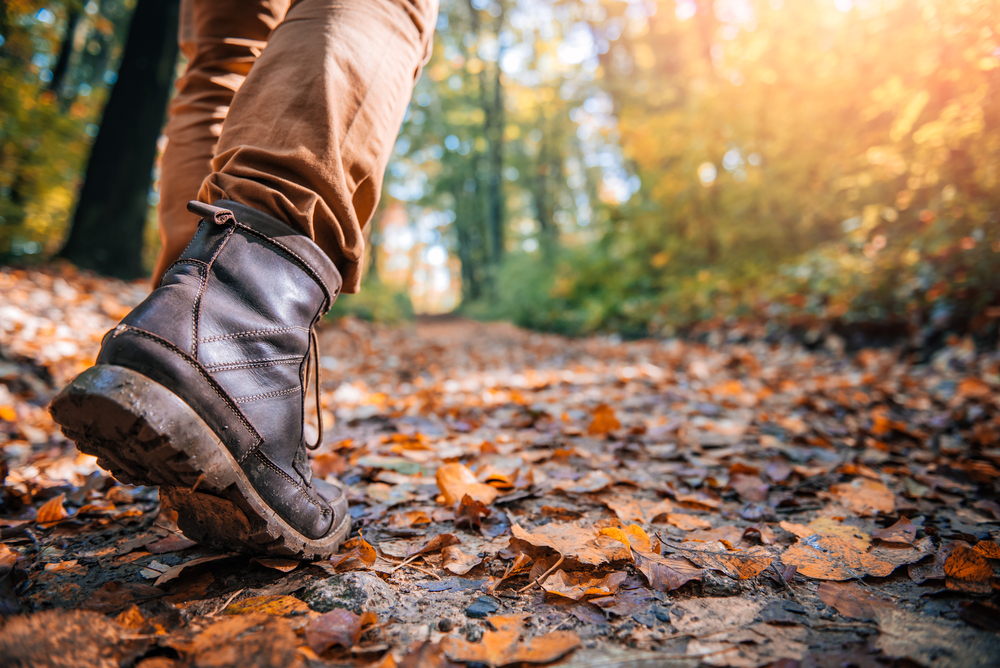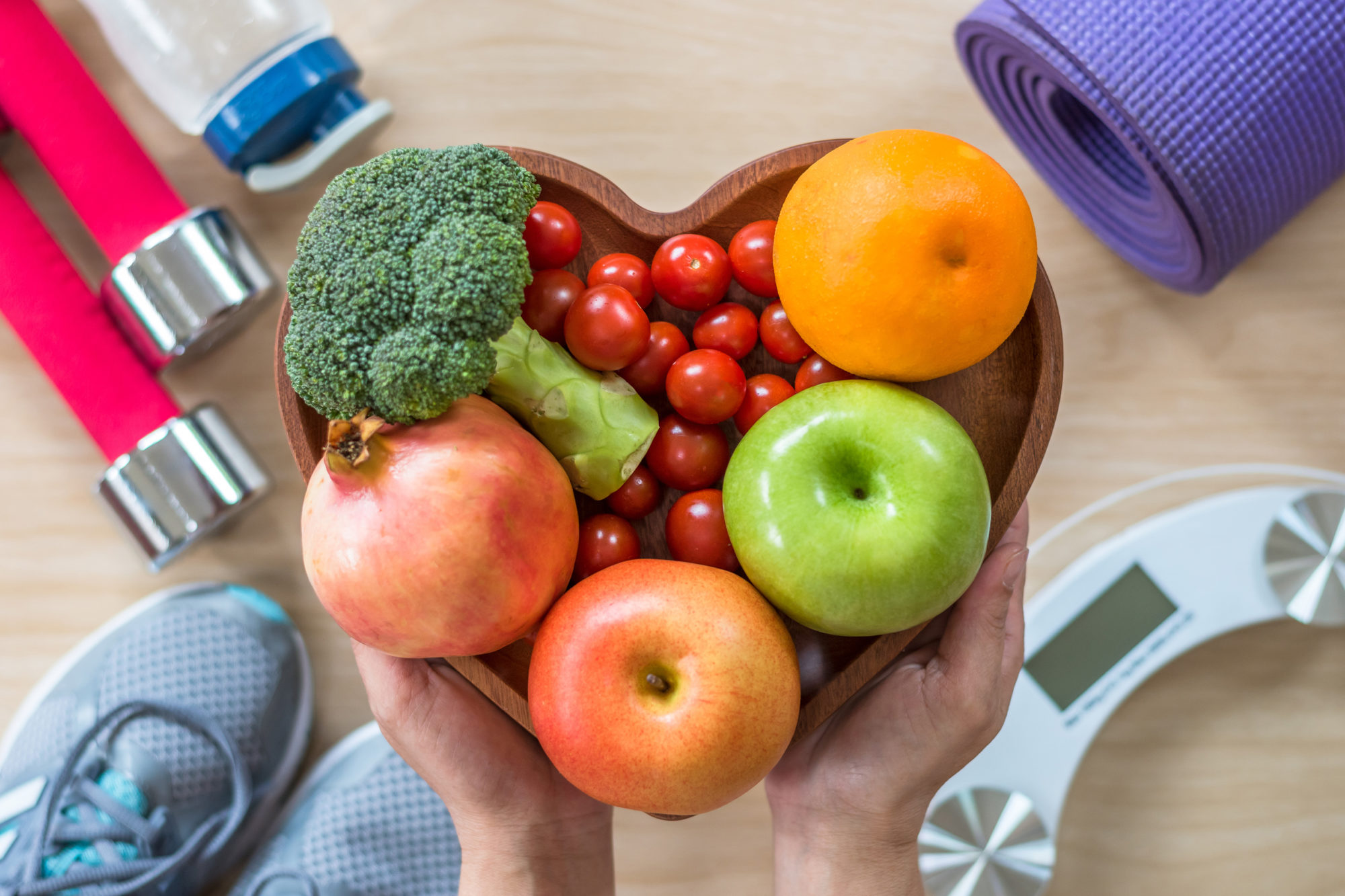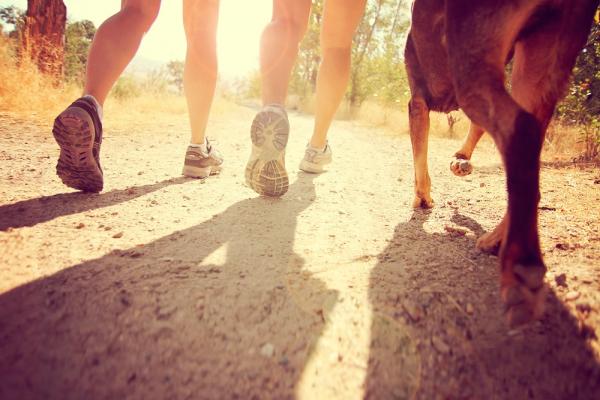Posted on May 4, 2021
Why walking is good for you
Restrictions on everyday life during the COVID-19 pandemic meant many of us had been walking more than ever before. When interviewed between May and July 2020, 39% of people reported that they were walking more than before the pandemic. Of those, 94% thought it was likely that they would continue to walk more once travel restrictions ended.1
A free and convenient way to stay active, walking offers plenty of benefits for our physical and mental health and can be enjoyed wherever you live. As restrictions begin to ease, let’s explore why you should stick to your new walking habits as life slowly returns to normal.
The health benefits of walking
Like any physical activity that increases your heart rate, walking releases endorphins, the feel-good chemicals that can help boost our mood and ease pain. It also reduces levels of the body’s stress hormones adrenaline and cortisol.2 If you are feeling stressed or anxious, walking could help.
Walking briskly can also help build stamina, burn calories and keep your heart healthy. Regular walks can also reduce your risk of chronic illnesses including heart disease, asthma, depression, type 2 diabetes and obesity.3
How long should I walk for?
The NHS recommends that adults should aim to do at least two and a half hours (150 minutes) of moderate intensity activity each week. This can be broken down into smaller 10 minute sessions, including daily walks.
To get the most benefit from walking, it’s important to walk briskly. This means that your heart rate is increased, your breathing is faster and your body temperature is warmer. If you’re walking briskly, you will be able to hold a conversation but not sing along to a song.
Walking briskly is more important than how far you walk, but as you walk more regularly you should find your stamina increasing. If you feel confident enough to tackle a longer walk or hike, look for a local walking group which you can join to explore more of the area while meeting new people.
Ways to walk further
For many of us, finding time for a daily walk was undoubtedly easier during the coronavirus lockdown. As we slowly return to busy work and social lives, you may start missing out on this regular exercise. Finding ways to incorporate walking into your daily routine will help ensure that you continue enjoying the many health benefits a walk can bring.
If you started walking while working from home, try to keep up the habit when you return to the office by walking before or after work, or enjoying a lunchtime stroll. If you work locally or use public transport, consider walking to work or to the bus stop or station.
Make the most of the improving weather by meeting friends for a walk, according to the current government guidelines. Having a companion to walk with can help you remain motivated when you need encouragement to get out and move. If you are walking alone, try listening to music or a podcast to pass the time. And as travel restrictions ease, venture further afield to walk in a new location to add some variety to your daily stroll.
Keep your step count up and stick to your healthy exercise habits in the months to come and continue enjoying the many benefits that walking can bring.
Nutrition before, during and after longer walks
Make sure to eat easily digested meals at least 1 to 2 hours before setting off on a walk. The meal or snack should be a balance of wholegrain/wholewheat carbohydrates and protein. For example, oats with milk, a portion of fruit and some nuts. Carbohydrate foods can be measured by their Glycaemic Index (GI). This measures how much a food increases blood sugar levels. Low GI foods like oats, seeded bread, yogurt, do not dramatically increase the blood sugar and therefore make great foods for pre walking meals. They provide a sustained release of energy over time. Keep well hydrated before you set off too.
For longer walks that last over 90 minutes, a carbohydrate snack like a granola bar or fruit, every hour can keep energy levels up. Remember to also keep hydrated as necessary, as this can affect your performance.
After the long walk, make sure your snack or meal is a good balance of fluids, carbohydrate and protein. For example chicken/egg and vegetable sandwich and tomato soup or salad.
References
- Department for Transport. (2020). National Travel Attitudes Study: Wave 4 (Provisional). Available: https://assets.publishing.service.gov.uk/government/uploads/system/uploads/attachment_data/file/924959/national-travel-attitudes-study-wave-4-provisional.pdf. Last accessed 19th April 2021. https://assets.publishing.service.gov.uk/government/uploads/system/uploads/attachment_data/file/924959/national-travel-attitudes-study-wave-4-provisional.pdf
- Harvard Medical School. (2011). How does exercise reduce stress? Surprising answers to this question and more.. Available: https://www.health.harvard.edu/staying-healthy/exercising-to-relax. Last accessed 19th April 2021. https://www.health.harvard.edu/staying-healthy/exercising-to-relax
- NHS Inform . (2020). Walking. Available: https://www.nhsinform.scot/healthy-living/keeping-active/activities/walking. Last accessed 19th April 2021. https://www.nhsinform.scot/healthy-living/keeping-active/activities/walking




